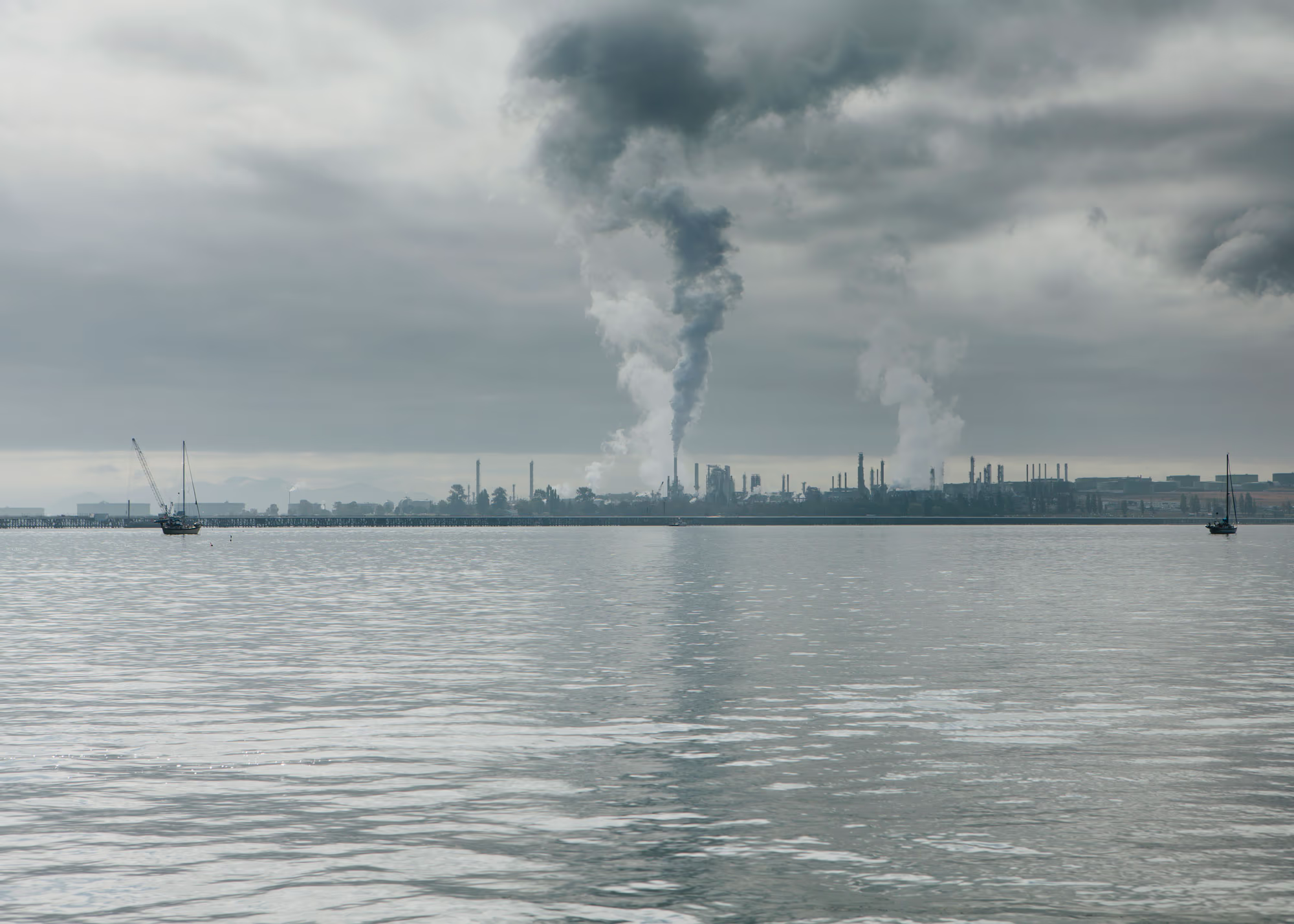Just a few years ago, the idea of controlling the climate sounded like science fiction—or the basis for dystopian forecasts. Today, it is being taken seriously at the level of national scientific programs. The focus is on solar geoengineering: an attempt to slow global warming by altering the Earth’s atmospheric reflectivity.
Against this backdrop, the United Kingdom has become the first country to move beyond rhetoric and actively support such a strategy. In April, the government agency ARIA allocated nearly £57 million to 21 research projects—ranging from ethical frameworks to field experiments in the Arctic, Britain, and Australia. This step moves the climate intervention debate from theory into the realm of real-world policy.
Solar geoengineering is one of the most contentious and polarizing issues in today’s climate agenda. At its core lies the idea of deliberately intervening in the atmosphere to cool the planet—a way to offset the effects of ongoing but uncontrolled interference caused by fossil fuel emissions. Most proposed techniques aim to reflect sunlight back into space to reduce the amount of heat trapped in the atmosphere.
Supporters of such research point to the theoretical potential to lower global temperatures significantly and relatively cheaply. Critics, however, warn of the risks: disruption of weather patterns, alteration of atmospheric chemistry, unpredictable global consequences, and the possibility of distracting from the far more difficult—but essential—task of cutting carbon emissions.
To bring clarity to the debate, the UK’s Advanced Research and Invention Agency (ARIA)—an independent, government-funded body—announced in late April that it would allocate £56.8 million (US$75.4 million) to support geoengineering research. The funding will be distributed over five years across 21 research initiatives addressing different aspects of the issue.
With this move, the United Kingdom has become the largest public funder of solar geoengineering research. According to the educational nonprofit SRM360, this funding package accounts for roughly 40% of all global public funding for such research as of the end of 2024.
ARIA’s generous funding is partly due to the agency’s deliberate strategy of supporting a wide range of ideas and technologies. "We want to take a holistic view of the problem to understand whether any of the approaches could prove truly effective and scalable," explains Mark Symes, an electrochemist at the University of Glasgow and lead program director.
Half of the allocated funds are going to five projects that involve open-air experiments. One, based in the Canadian Arctic, aims to artificially thicken sea ice to help it persist longer through the summer. Two others—one on Australia’s Great Barrier Reef and another in the UK—will use fine sea salt aerosols to increase the reflectivity of clouds or the atmosphere as a whole. A fourth project, also in the UK, will investigate whether altering cloud electrification can enhance their brightness. Finally, an experiment in either the US or UK will observe the behavior of minimal doses of reflective aerosols released into the stratosphere.
Such field trials are rare. Nearly all previous attempts have been cancelled or postponed due to public backlash. According to Dr. Symes, this has meant that many critical areas of basic science remain unexplored.
To minimize risks, ARIA has imposed strict limits on the scale of the experiments, including their geographic scope. Each trial must undergo environmental assessment and secure approval from nearby communities. In addition, an independent oversight committee will provide external monitoring and expert guidance.
Of the remaining projects, roughly a quarter focus on ethical issues and potential governance frameworks for solar geoengineering. Seven more are dedicated to computer modeling, while four will study the physical processes that influence solar reflectivity, aiming to improve future monitoring systems.
These studies will help determine whether geoengineering can, in principle, be a viable option for preventing the climate system from crossing dangerous tipping points. But ARIA stresses that there is no silver bullet. "This is not a substitute for decarbonization," says Dr. Symes. Emissions reduction, he emphasizes, must remain the top priority.
The Heat Ahead

'Climate Realism'
A World Three Degrees Warmer—and Colder in Blood

Melting Glaciers Threaten Large-Scale Consequences for the Planet
Why Can’t the World Afford to Lose Its Ice?

Why Cloud Brightening Projects Face Public Pushback?
Climate Engineering Meant to Slow Global Warming Is Being Stalled Not by Technology—But by Mistrust From Local Communities

Antarctica Is Losing Ice—Against Expectations
Rising Ocean Salinity Accelerates Warming and Destabilizes the Climate System

AI’s Carbon Conundrum
The technology that could save the planet might also help burn it

